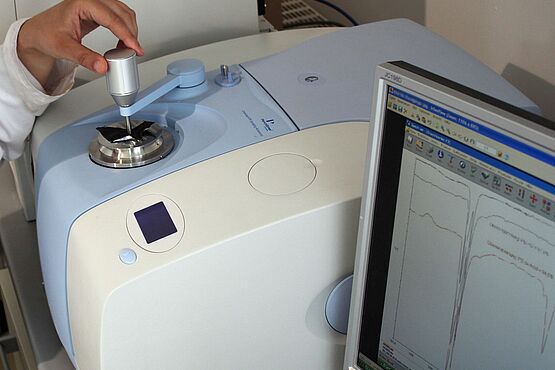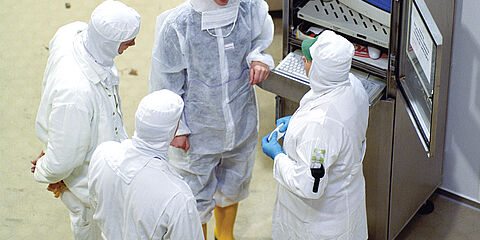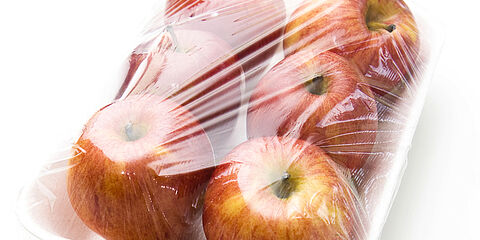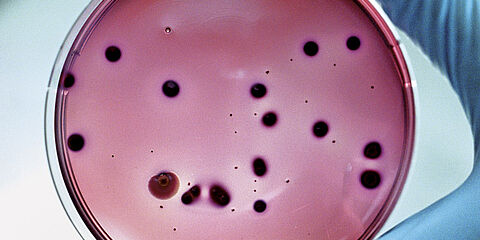Identification of foreign bodies
Physical solids which are not part of the recipe and can be sensory detected are named as foreign bodies in food.

Examples include metal parts, splinters of wood or glass, textile parts, hair, plastic particles, cigarette butts, pills, lacquer particles, insect fragments and insects. Foreign bodies can be found in raw materials as a result of harvesting, but they can also be introduced into foodstuffs during the manufacturing process, during storage or during transport. They may also be introduced during preparation. Depending on their nature, foreign bodies can present a physical hazard. It is not always possible to distinguish immediately between the nature of a foreign body and its origin. To obtain further information, identify or exclude sources, it is useful to carry out a laboratory analysis.
Our range of services:
- Documentation of dimensions
- Photographic documentation of buildup or striking deformations
- Visual inspection for a rough classification of the material
- Light microscopic examination of biological materials and powdery foreign bodies to identify amorphous or crystalline structures
- FT-IR spectroscopy for a non-destructive examination of plastics, e.g. foils, or hard plastic particles
- ATR technology to identify the type of polymer and additives, e.g. plasticisers for homogeneous materials
- EDX to identify glass particles, metallic or mineral foreign bodies or other predominantly inorganic particles, identification of elements from atomic number 5 (boron), quantification from atomic number 11 (sodium)
- SEM images for further information on the microstructure of a foreign body
- X-ray fluorescence analysis (XRF) or mass spectrometry with inductively coupled plasma (ICP-MS) to examine element composition
- Molecular biological analysis of animal or plant fragments, either via species-specific polymerase chain reaction (PCR) or via PCR-RFLP (restriction fragment length polymorphism)
Your contact for food analysis
- Léna Soukharevskoff
- +33 6 28 25 30 98
- lena.soukharevskoff@wessling.fr





